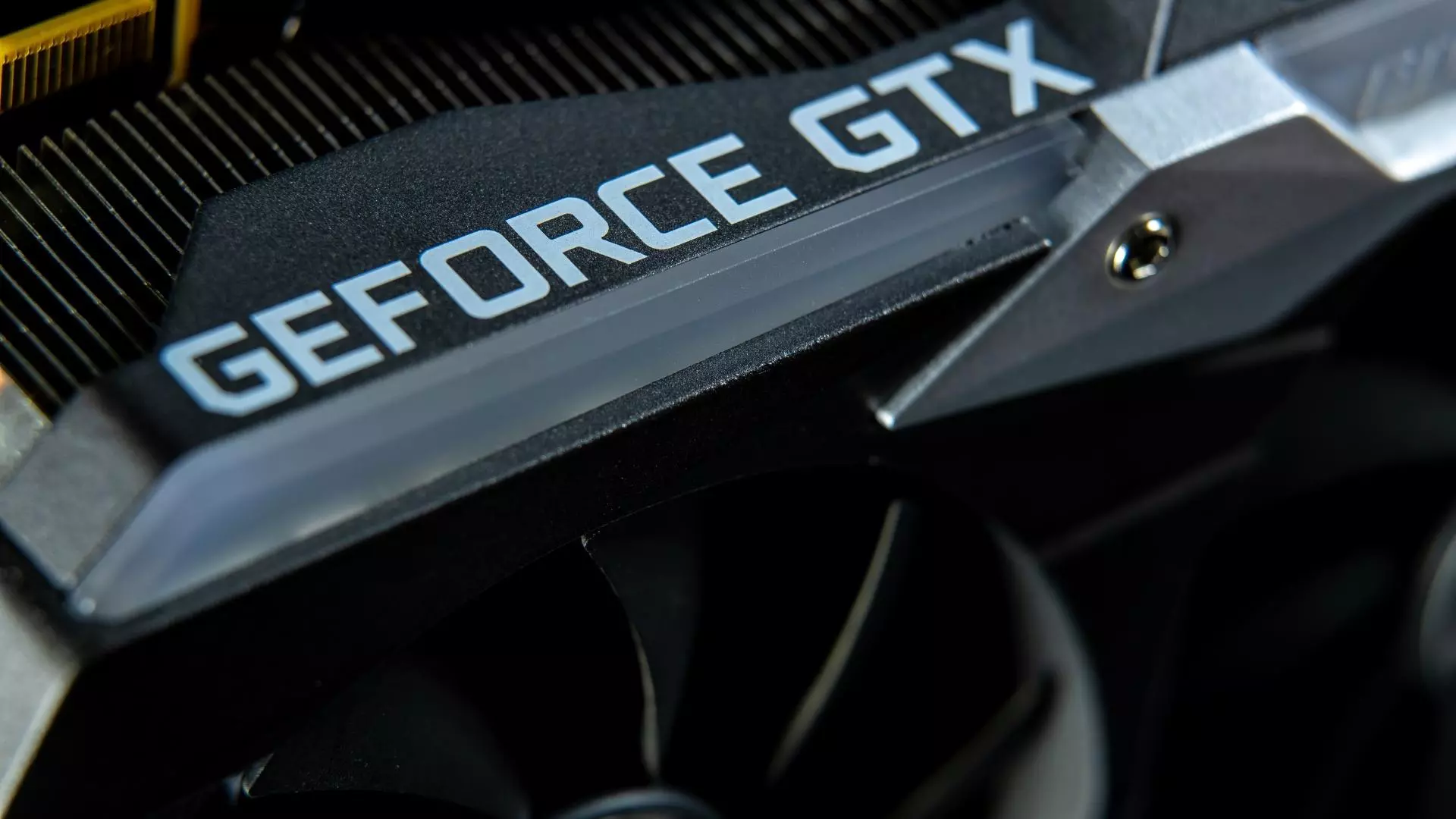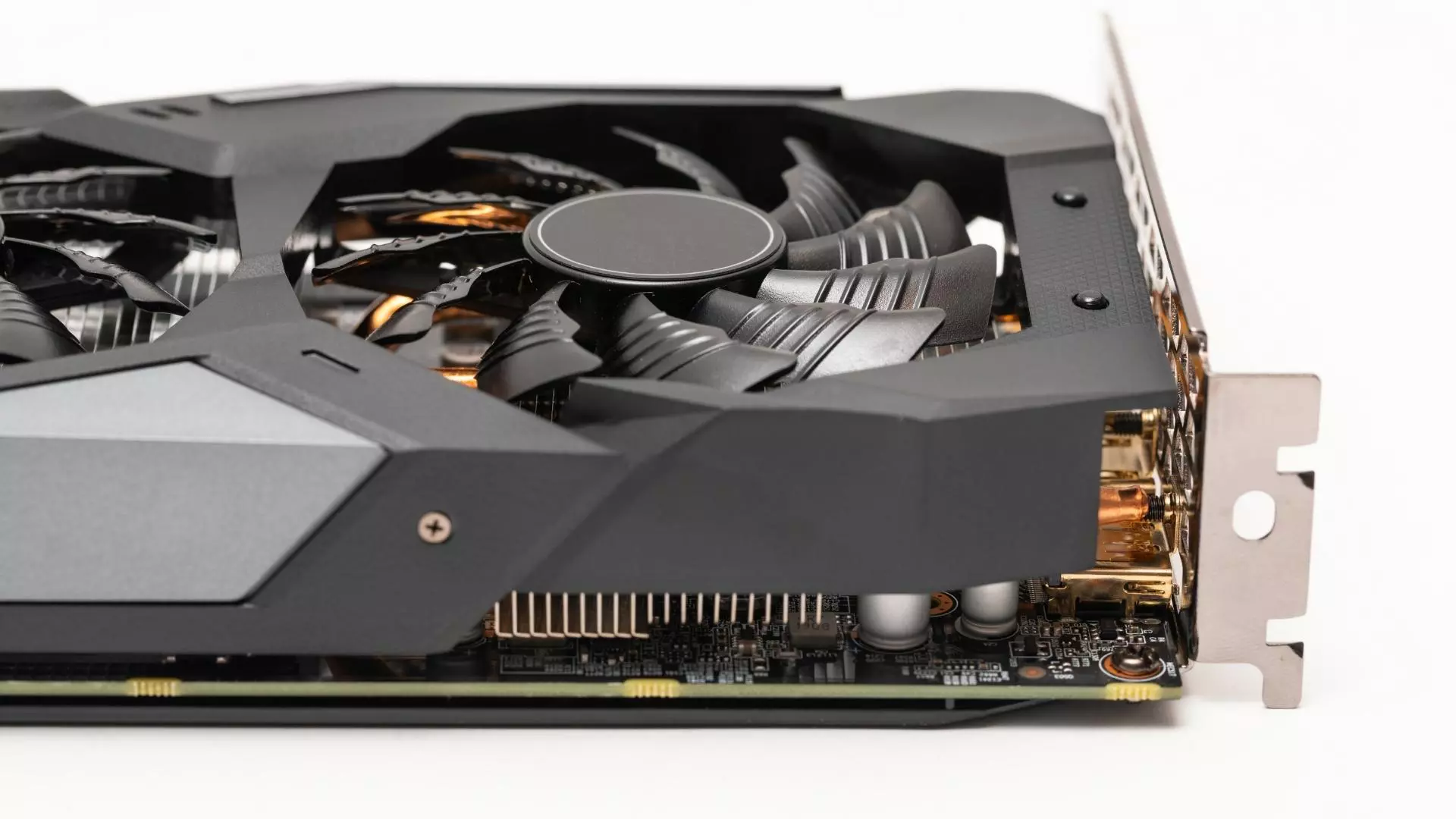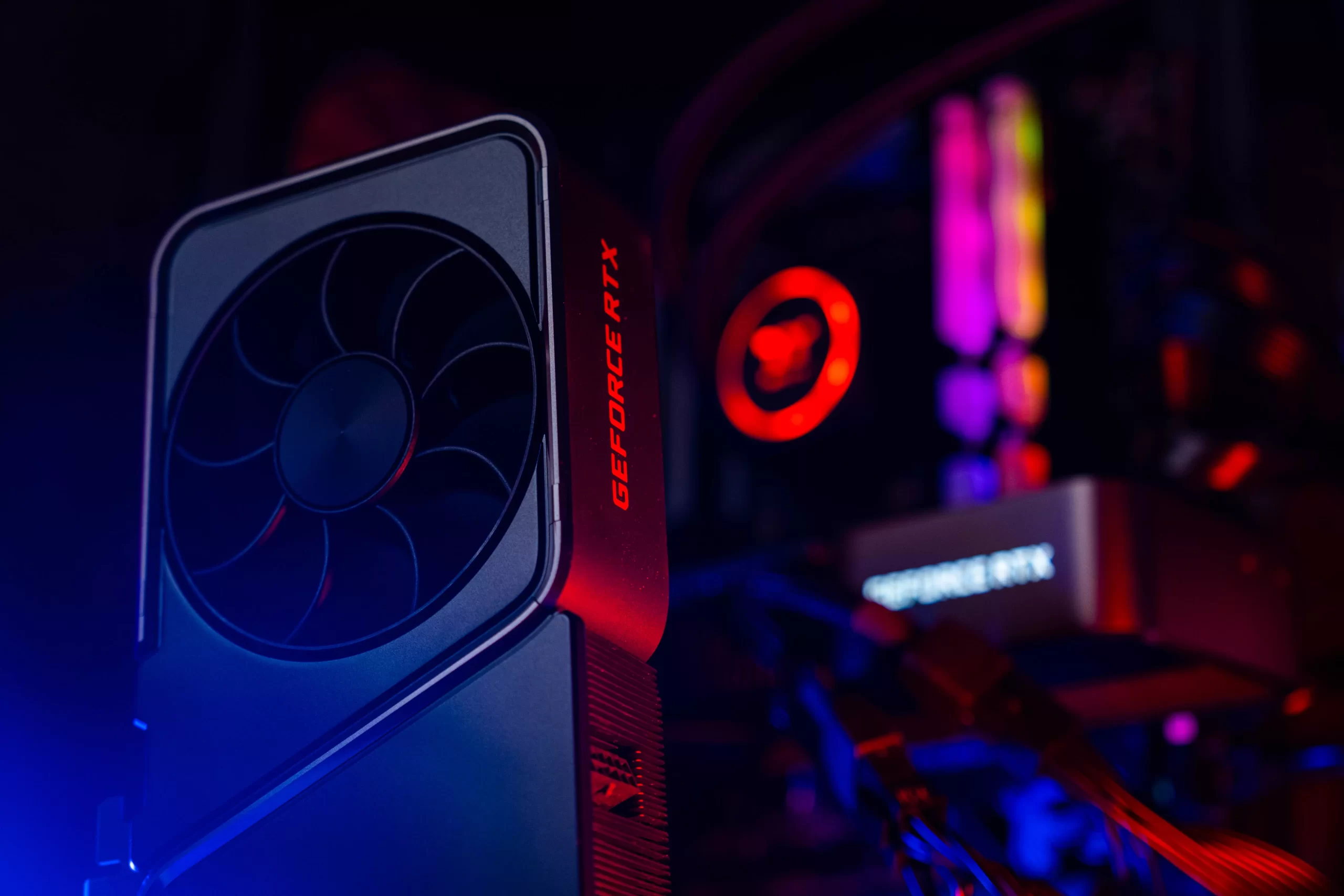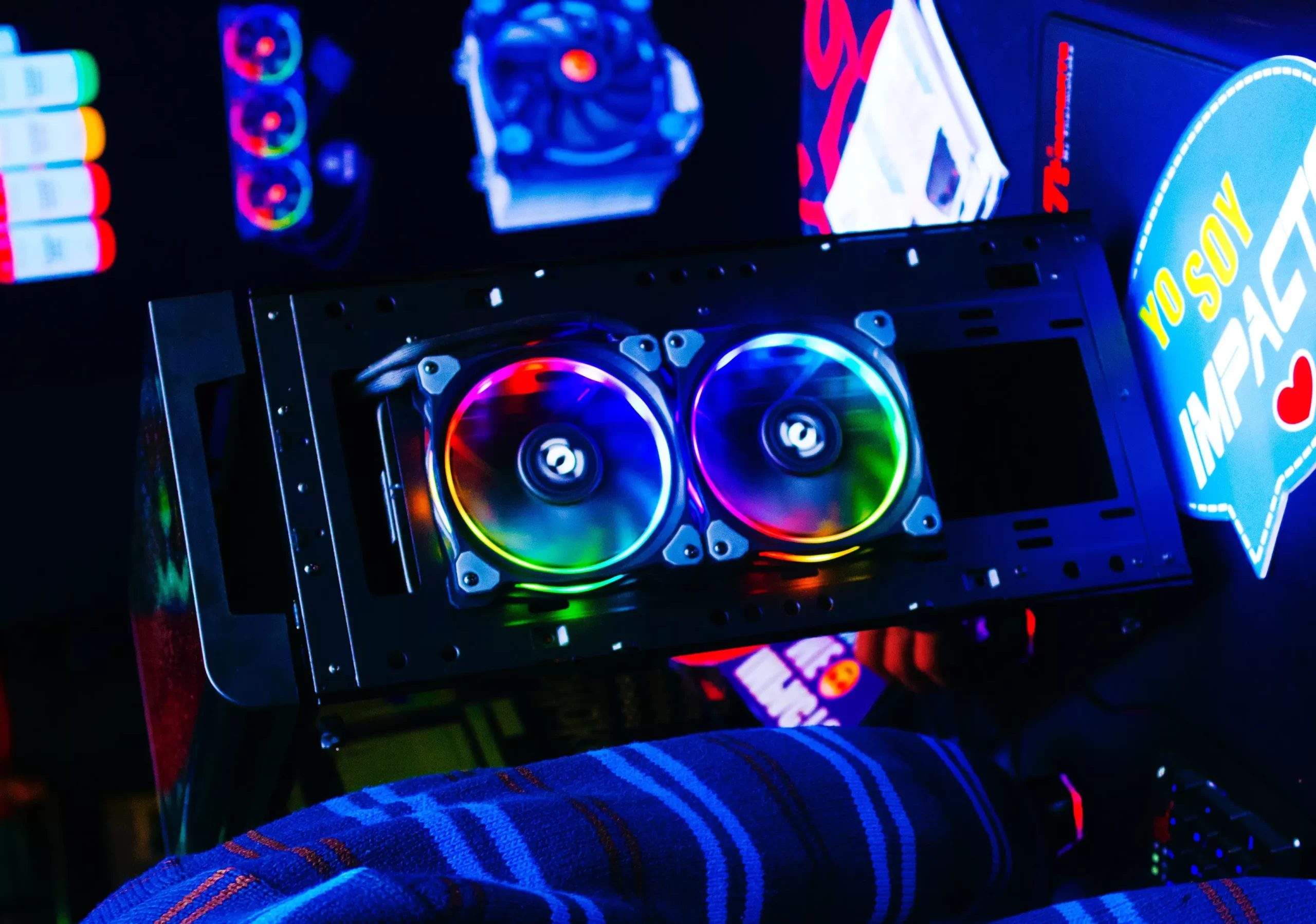What is the NVIDIA Reflex, And How Does It Work?
A game’s presentation doesn’t simply descend to its framerate and design settings. Inertness is likewise significant, as this influences how smart and responsive the game feels to play.
NVIDIA’s Reflex innovation is one answer to the issue of dormancy while gaming. It endeavours to decrease the delay between your mouse and console inputs and the subsequent in-game activity being shown on screen.
NVIDIA Reflex should improve your gaming experience by reducing such deferral in supported games on supported illustration cards.This can be particularly significant for serious eSports titles, which require quick response times.
There is, in any case, banter about whether the decrease in dormancy that it gives is recognisable in numerous arrangements.
What is Latency in Gaming?

Idleness alludes to how much time it takes for information to move from its source to its objective.
Inactivity can happen over your web association on the off chance that parcels of information are taking most of the day to be sent and gotten over your organisation and the web. However, it can likewise happen on your PC framework itself, even in single-player games.
At the point when you move your mouse or press a key on the console, your PC should accept that input information and interact with it. Then, at that point, it should cycle and change the game state as needed and render this new game state to the screen.
The more extended this takes, the more deferral there is between your feedback and this apparently being enrolled in-game. For this reason, framework idleness is much of the time called ‘input slack’.
High framework idleness can be brought about by any progression in this chain-from your peripherals, the exchange of information to your designs card, your illustration card delivering new casings, or your screen showing these edges.
What is the NVIDIA Reflex?
NVIDIA Reflex is an innovation that endeavours to decrease framework dormancy in supported games on supported GPUs. You can turn it on or off in the settings menus of supported games.
To reduce framework idleness, it focuses on the delivering part of the pipeline. The GPUs are determined what to deliver by the CPU, and they frequently store these guidelines in a “render line”. NVIDIA Reflex takes out the render line, permitting edges to be delivered when they’re told to by the CPU.
By wiping out the render line and permitting the CPU and GPU to work in near lockstep, there’s less delay between your feedback and that information being addressed on your screen in-game.
NVIDIA Reflex Compatible Games
NVIDIA’s Reflex innovation is carried out through its Reflex programming improvement pack (SDK). This really means that, for a game to have Reflex tech, its engineers should add support for it utilising the Reflex SDK.
You can find a rundown of all games that at present use NVIDIA Reflex on NVIDIA’s site.
A few prominent games that right now support NVIDIA Reflex are:
- Summit Legends
- An extraordinary mission is at hand: Warzone.
- Fate 2
- Escape from Tarkov
- Fortnite
- Overwatch
- Rainbow Six Siege.
- Rust
- Valorant
Cards that support NVIDIA Reflex

Any NVIDIA graphics card of the 900-series or higher ought to have the option to involve NVIDIA Reflex in supported games. This implies that the following GPU ages should aid NVIDIA Reflex innovation:
- NVIDIA GeForce GTX 900-series (‘Maxwell’) cards
- NVIDIA GeForce GTX 1000-series (‘Pascal’) cards
- NVIDIA GeForce GTX 1600-series (‘Turing’) cards
- NVIDIA GeForce GTX 2000-series (‘Turing’) cards
- NVIDIA GeForce GTX 3000-series (‘Ampere’) cards
This large number of ages should allow you to enable Reflex in supported games, though more recent ages on the rundown may achieve lower dormancy with less framerate influence.
The most effective method to enable NVIDIA Reflex
NVIDIA Reflex can be empowered or handicapped in the settings menus of supported games. You should ensure you have the most recent NVIDIA drivers and then investigate the in-game settings to enable them.
The Reflex choice is typically situated in the illustration menu. For instance, in Overwatch’s settings, you explore to the ‘Video’ menu, then, at that point, select the dropdown close to ‘NVIDIA Reflex’, where you can pick between ‘Handicapped’, ‘Empowered’, or ‘Empowered + Boost’.
What is NVIDIA Reflex Boost?
As well as having the option to empower or handicap NVIDIA Reflex, a few Reflex viable games likewise give you the choice to empower Reflex with ‘Lift’.
According to NVIDIA, “Lift Mode speeds up in CPU-bound situations, permitting the GPU to submit casings to the presentation quicker, in this way working on Reflex’s adequacy.” So, empowering Reflex + Boost ought to both dispense with the GPU’s render line and lift its clock speed to an additional lower dormancy.
However, how much this works on your dormancy and influences your exhibition depends on your equipment and the game being referred to.
Does NVIDIA Reflex affect FPS?
Empowering NVIDIA Reflex shouldn’t influence your FPS much. Empowering the component ought to scarcely bring down your framerate, but possibly fundamentally bring down your inactivity. For instance, NVIDIA claims, for instance, that empowering Reflex in Overwatch dropped framework idleness from 56ms to 28ms with a GTX 1660 Super at 60Hz in their testing.
While the exhibition contrast between ‘Reflex empowered’ and ‘Reflex debilitated’ was unimportant, the empowering Boost really brought down my presentation.
NVIDIA’s Reflex Boost choice ought to increase execution in principle, yet it doesn’t work similarly on all frameworks and in all games. You ought to contrast framerates on your own framework to see whether empowering Boost is worth the effort.
In my Overwatch testing, I saw no reduction in dormancy while flipping from reflex debilitated to reflex empowered, but my framework inactivity is as of now low.
Related Post: An Outrageous Type of Encryption Could Take Care of A Large Information Security Issue
In the event that your GPU is sufficiently strong to stay aware of all the delivering directions taken care of for it by the CPU and cycle them immediately, then, at that point, there probably won’t be a very remarkable delivery line for it to manage, and it should deal with any delivering errands rapidly. In such cases, empowering NVIDIA Reflex probably will not lessen framework dormancy.
Yet, in the event that you’re bottlenecked by your GPU, you ought to see idleness upgrades by empowering NVIDIA Reflex, in light of the fact that in such cases, the GPU render line that Reflex wipes out will have a greater dormancy influence.
What is the NVIDIA Reflex Latency Analyzer?

While huge changes in framework dormancy can be recognizable, frequently it’s difficult to tell whether idleness changes are genuine or simply the consequence of a self-influenced consequence. Fortunately, NVIDIA has given us the Reflex Latency Analyzer.
NVIDIA’s Reflex Latency Analyzer is an instrument that is supported by some G-Sync screens, and NVIDIA says it tends to be utilised for “effectively and rapidly estimating framework inertness.” Restrictive NVIDIA equipment is introduced on such screens to consider framework dormancy examination.
To utilise the Latency Analyzer, you should interface your screen to your PC by means of USB and afterward associate your mouse to your screen, which it utilises as a centre man. Then, at that point, empower the analyzer by means of the screen’s menus, change the examination window to cover a region of the screen where an activity will stumble upon an in-game mouse click (for example, over your crosshair), and click.
Your presentation ought to be listened to for a minute. Your framework delay is in milliseconds (ms). You can look at the consequences of this test when Reflex is empowered and when it’s crippled to see how much empowering Reflex brings down your framework inactivity.
Is it a good idea for you to enable or disable NVIDIA Reflex Low Latency?
The ideal way to choose whether to turn NVIDIA Reflex on or off is to test it yourself in-game. Essentially, switch Reflex on in your game’s illustrations or video settings menu. On the off chance that your framerate scarcely drops and you notice a decline in input slack, then leave it on.
As a matter of fact, by and large, it’s ideal to empower Reflex regardless of whether you notice an inactivity improvement, on the grounds that its presentation influence is typically unimportant, meaning it generally has no disadvantage.
In the event that your design card is bottlenecking your arrangement, empowering Reflex will probably have a greater, better effect by taking out the render line from the pipeline and radically diminishing framework idleness. Yet, on the off chance that your illustration card is taking care of its delivery effortlessly, you’ll probably see to a lesser extent a dormancy decrease from empowering it.
Regardless of whether to enable NVIDIA Reflex Boost relies upon your framework and the game you’re playing. In the event that you notice a critical drop in FPS when it’s empowered, it’s most likely better to stay with Reflex empowered yet Boost handicapped.










Add comment